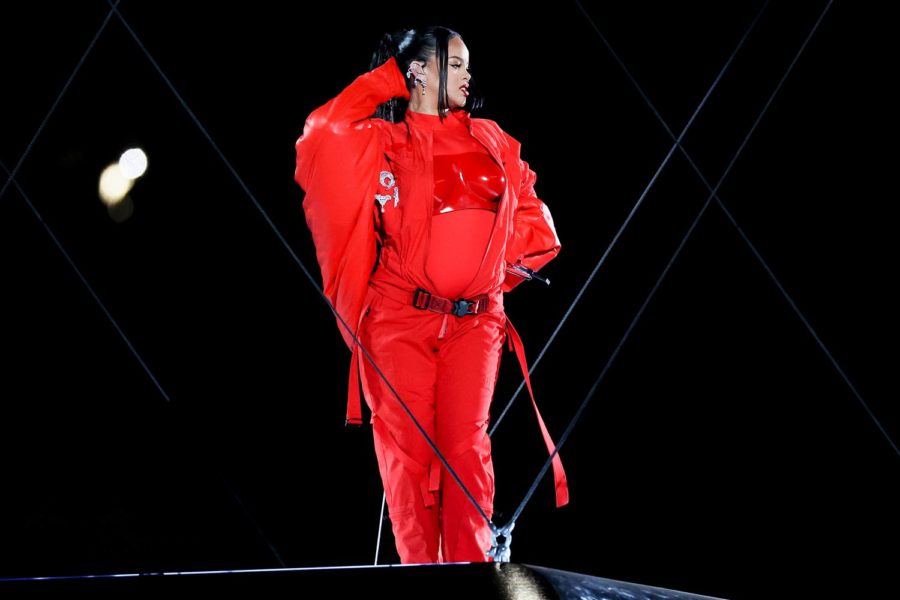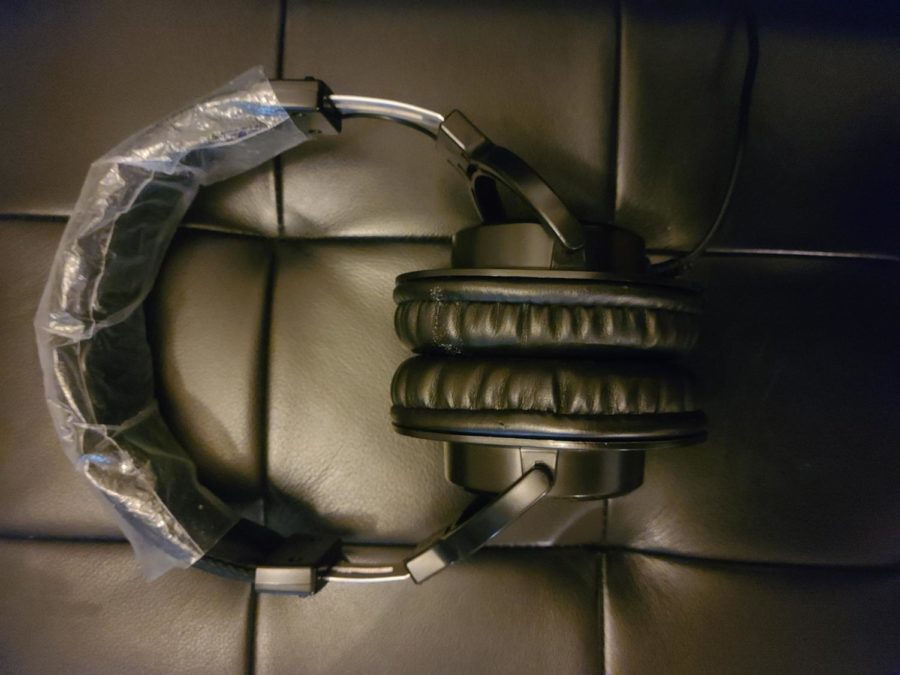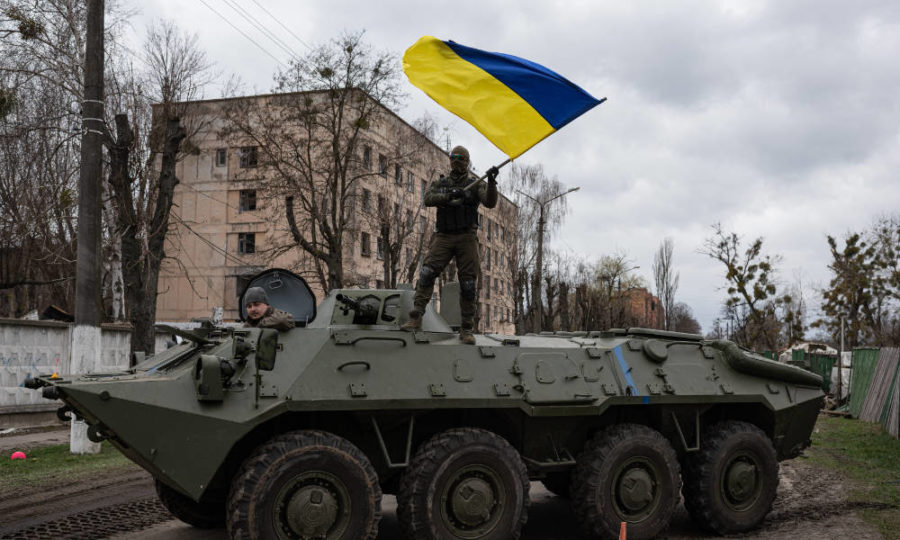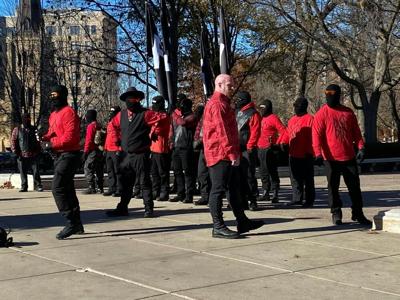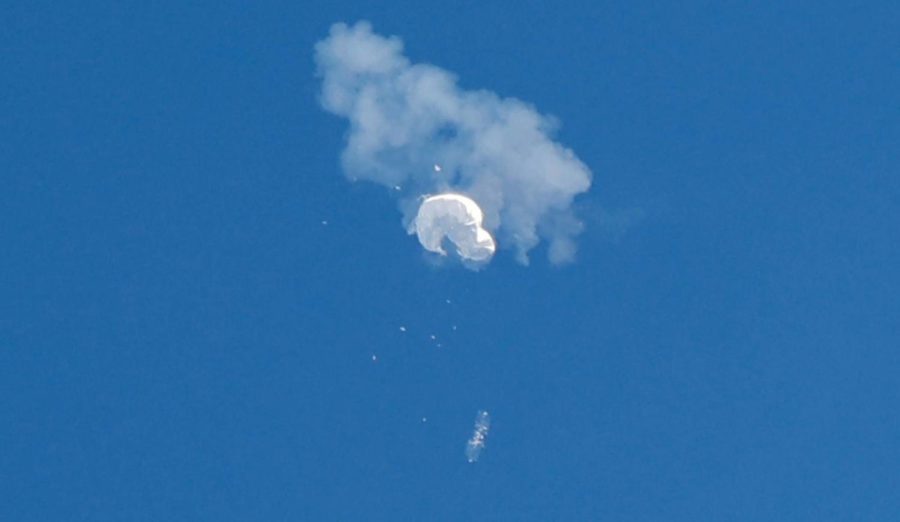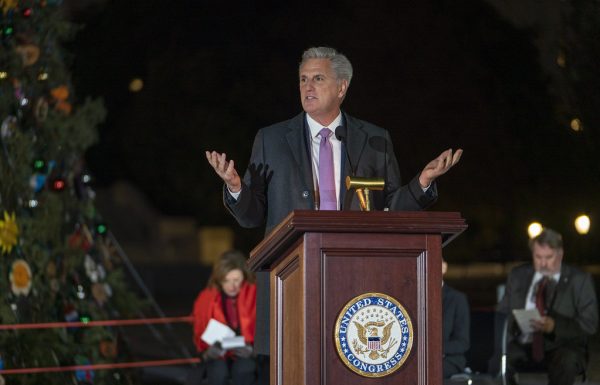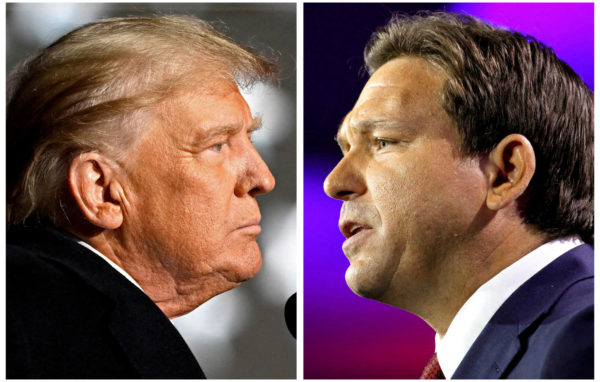Chinese “Spy Balloon” Over U.S. Brought Down by Missile
February 5, 2023
A balloon, which, according to the Pentagon, was remotely controlled to some capacity by the Chinese government, made its way above American soil on January 28, 2023, near Alaska above the Aleutian Islands, being picked up by the United States Northern command trackers. According to official government administration sources, a group of these balloons has been detected above five different continents recently, staying about 60,000 feet above ground level, and have drifted above U.S. boundaries before. It was also noted that this balloon had solar panels, cameras, and other surveillance equipment aboard.
While the balloon did travel over the Canadian Northwest, it reentered the United States above Northern Ohio on the following Tuesday, and by Wednesday, entered airspace above Billings, Montana. This was relatively near the location of the 341st Missile Wing at Malmstrom Air Force Base, which was an issue for military officials given that it is one of only three bases in the United States that holds intercontinental ballistic missiles. Resultantly, Lloyd J. Austin III, current U.S. Secretary of Defense called a meeting regarding the national security threat, and, along with President Bidan and General Milley, another senior official, the decision was made to wait to destroy the balloon until it moved out from above U.S. land in order to avoid damages. President Biden told reporters that “[He] told them to shoot it down, they said to [him], let’s wait until the safest place to do it.”
Contact was also made with China regarding the status of the balloon, even though the planned trip to Beijing by Secretary of State Antony J. Blinken to Beijing was canceled by Friday, February 3, as Blinken issued a statement saying that the spy balloon was a “clear violation of U.S. sovereignty and international law.” On the same Wednesday as the meeting, February 1, 2023, Deputy Secretary of State Wendy Sherman contacted Zhu Haiquan, a Chinese diplomat, demanding the removal of the balloon from U.S. skies, informing the official that the U.S. had the right to protect its own interests, implying the use of missiles to remove the surveillance balloon. Similar rhetoric was repeated by U.S. ambassador R. Nicholas Burns, who was already in Beijing.
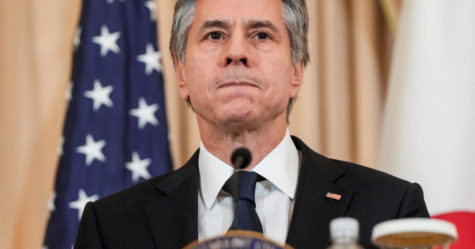
Despite attempts to keep the matter solely within the military, reports from civilians regarding the balloon began to emerge, even while it was still above Montana. Brig. Gen. Pat Ryder, the press secretary of the Pentagon also issued a statement following a public Pentagon report on the matter, saying that “We acted to notify the public as quickly as possible of the facts regarding the balloon.” Following its time in Montana, the balloon traveled over Kansas, moving along the jet stream, and making it easier for the Pentagon to track its path.
Eventually, a full week after its initial sighting and travel southeast across the United States, the balloon was shot down by the U.S. on Saturday, February 4, 2023. At 2:49 p.m. and about six miles out from the South Carolina coast, an F-22 fighter jet flying from Langley Air Force base shot a Sidewinder air-to-air missile, sending the balloon into the ocean below. The quick maneuver did result in delayed departures in flights from Wilmington, North Carolina, as well as Myrtle Beach and Charleston, South Carolina.
Beginning on Sunday, February 5, 2023, U.S. Navy divers began searching for debris from the balloon in order to better determine the extent of the Chinese technology. While recovery of the balloon took multiple days to fully complete, Navy and Coast Guard ships were alerted to activity in the area, ensuring that civilian travel is restricted nearby.
China has claimed that the balloon, rather than being intended for surveillance, was simply a weather balloon that had drifted off course into U.S. airspace. Yet, following the downing of said balloon, the Chinese Foreign Ministry issued an announcement speaking to its “strong discontent and protest,” again emphasizing that the aircraft was a research device constructed by Chinese citizens. It was also claimed that the United States’ use of armed force was an “excessive reaction” to the situation. In somewhat of a retaliatory act, the Chinese Defense Ministry also issued a similar statement, saying, “We solemnly protest the U.S. action, and retain the right to use the necessary means to deal with similar circumstances.” Within China, public pressure has built quickly, pushing Chinese President Xi to respond to the United States more forcefully, adding to the already tense social situation with the “zero COVID” policy. Internet sites such as Weibo and other social media apps have allowed some to strongly advocate for further action by Chinese leaders. Despite what some Chinese civilians want, China has made it clear that it doesn’t want to continue the disagreement, hoping to de-escalate the dispute quickly, such as when leaders claimed that the U.S. violated international norms by sending a missile at the balloon, yet not explicitly international law.
Although this dramatic conflict is seemingly nearing its end, tension could spark again if newly elected House speaker Kevin McCarthy visits Taiwan, which he has suggested could occur.
























